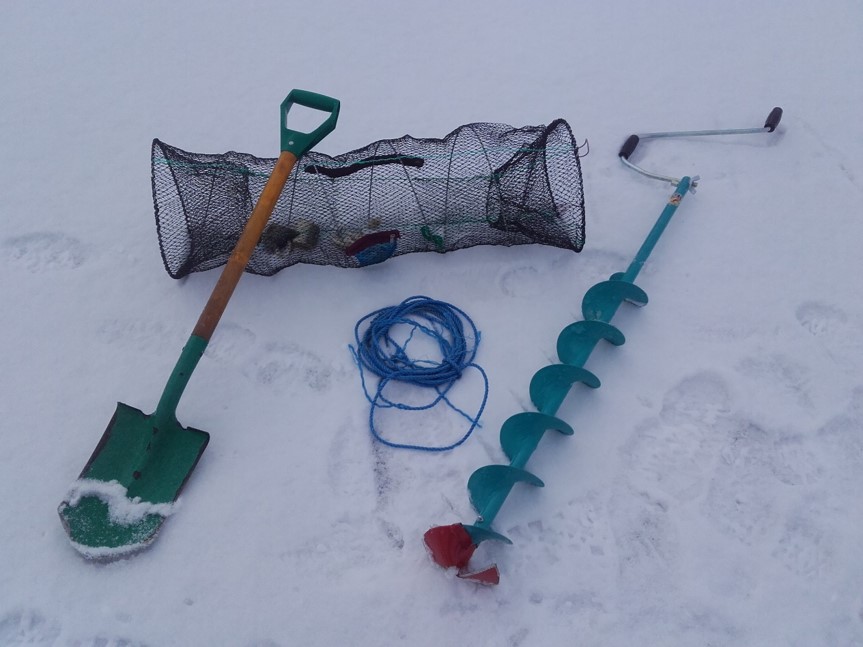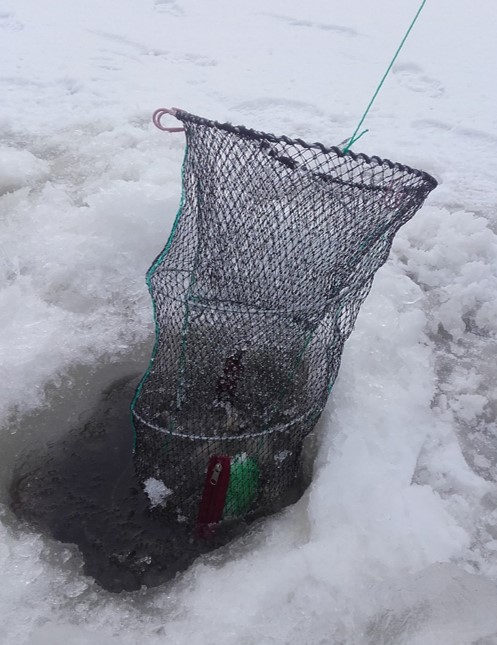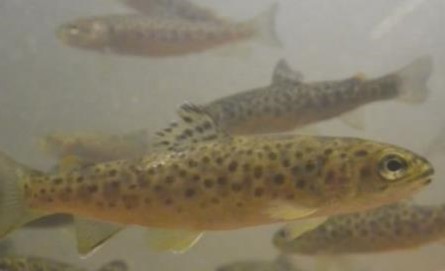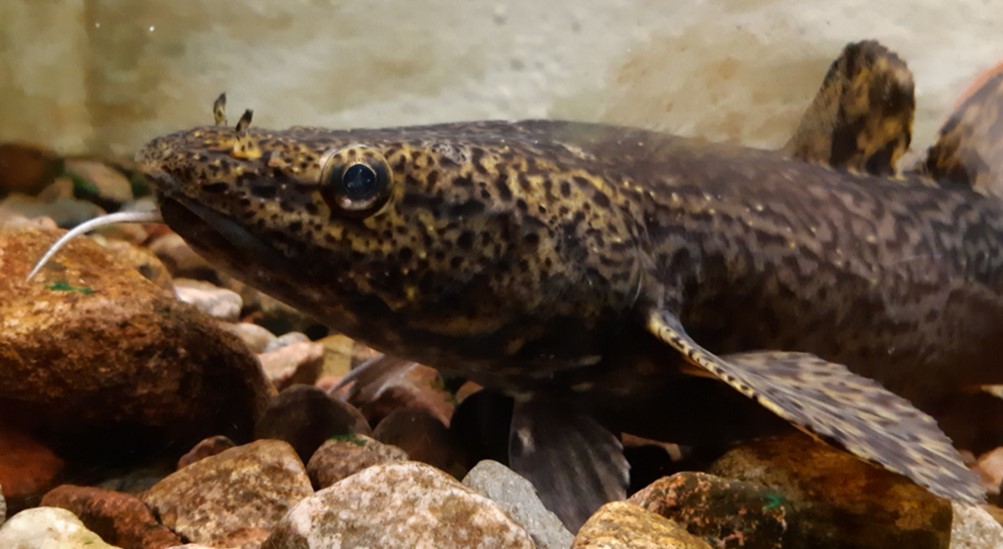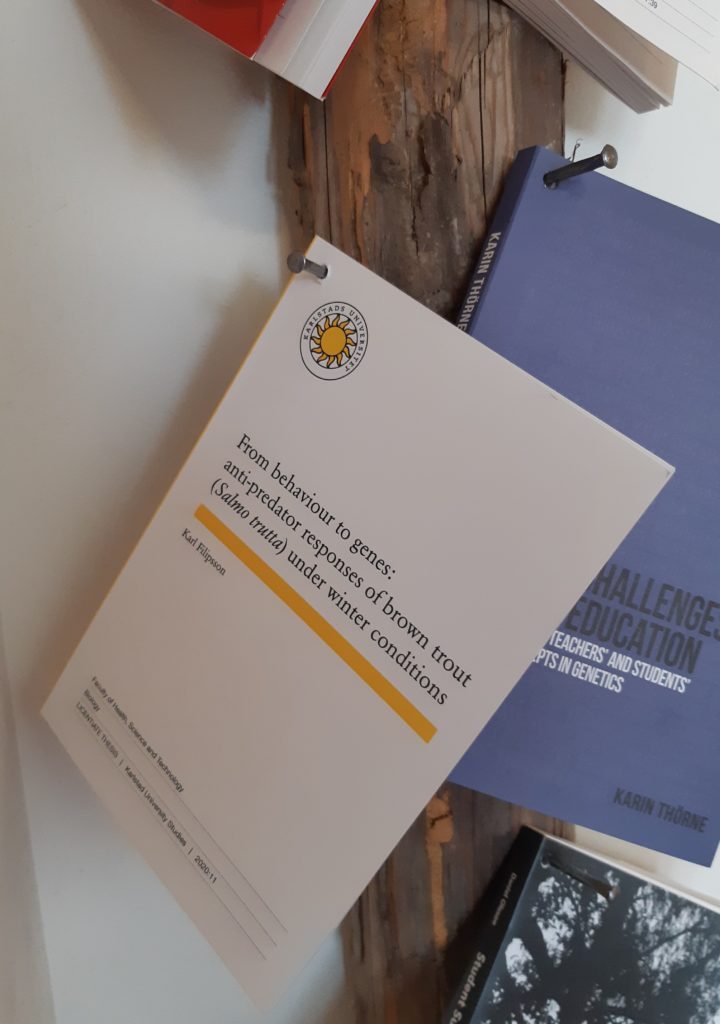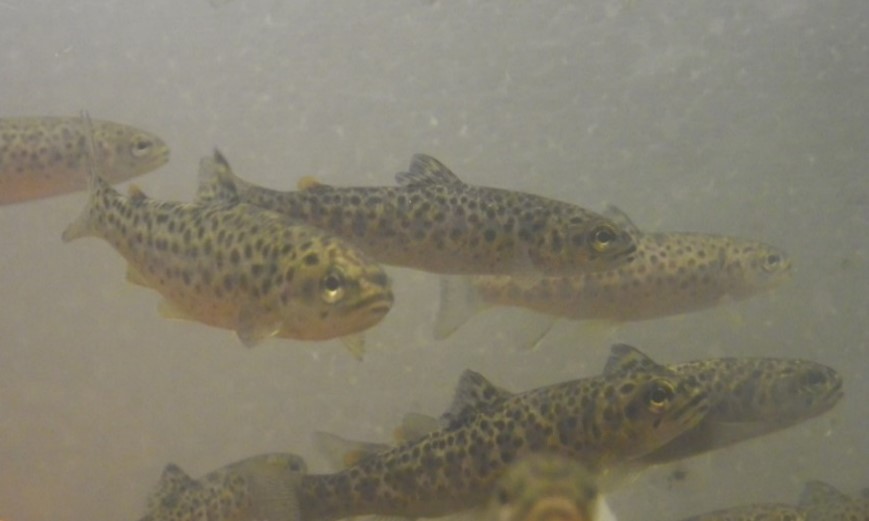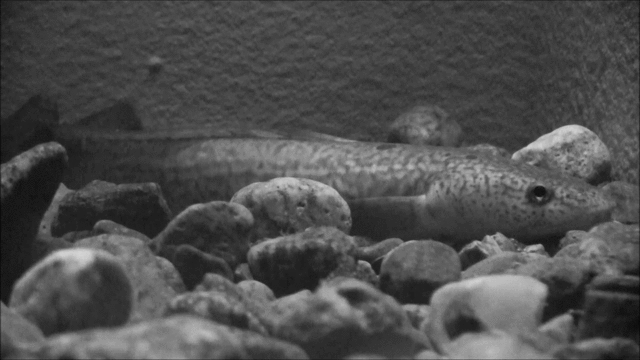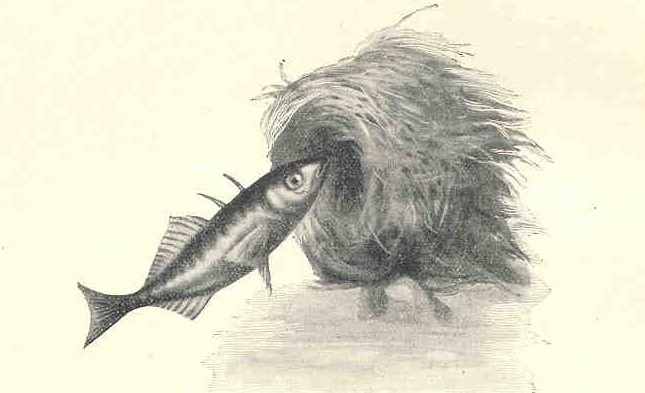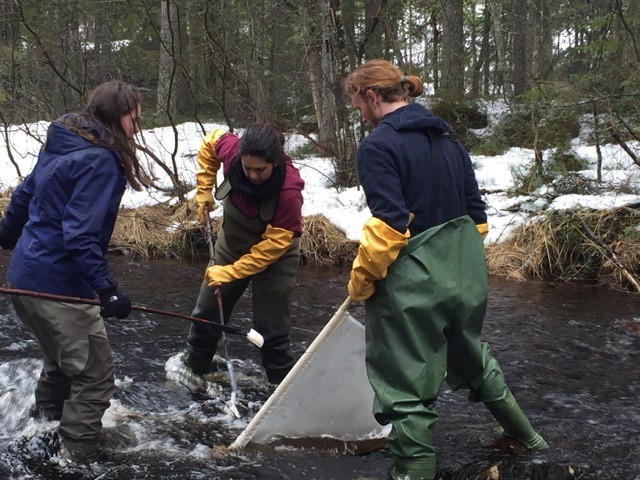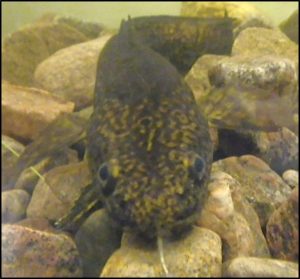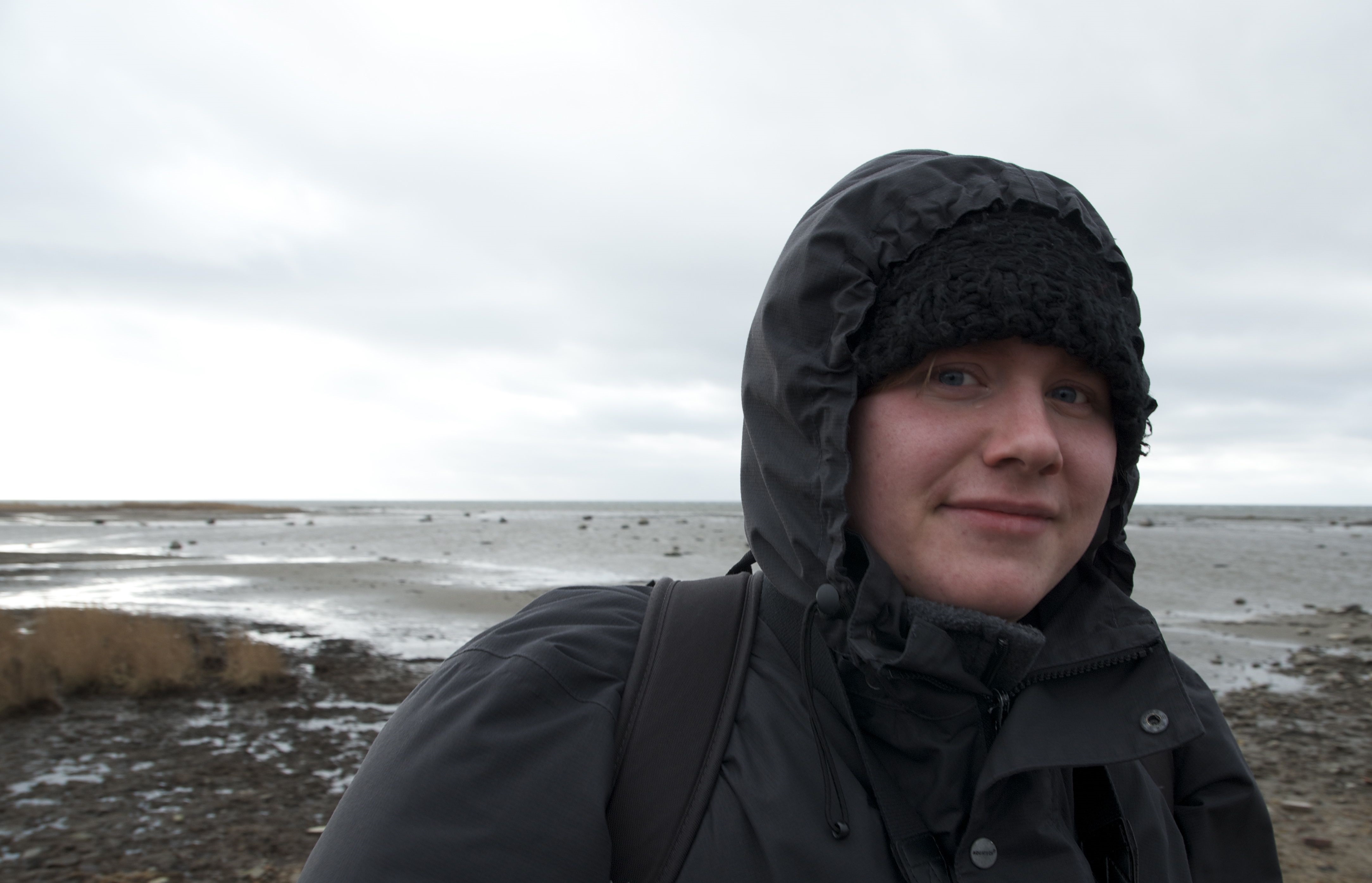Paper: Temperature and predator-mediated regulation of plasma cortisol and brain gene expression in juvenile brown trout (Salmo trutta)
Posted by Karl Filipsson | PapersKarl Filipsson, Eva Bergman, Larry Greenberg, Martin Österling, Johan Watz and Ann Erlandsson recently published the paper “Temperature and predator-mediated regulation of plasma cortisol and brain gene expression in juvenile brown trout (Salmo trutta)” in the journal Frontiers in Zoology.
In this study, we tested how temperature and the presence of a cold-water adapted predatory fish (burbot, Lota lota) affected primary stress responses (i.e. cortisol and mRNA levels of stress-related genes) in juvenile brown trout (Salmo trutta). We found that trout had elevated cortisol levels in the presence of burbot, and that stress-related gene expressions varied a lot with temperature. In addition, we found that the predator-induced effects on mRNA levels were temperature dependent for some of the genes. This, together with the directly temperature-mediated effects that we observed in our study, suggest that warming winters can have major impact on primary stress responses in overwintering salmonids, for instance in encounters with predators.
In the abstract of the paper, we wrote that:
“Temperature affects many aspects of performance in poikilotherms, including how prey respond when encountering predators. Studies of anti-predator responses in fish mainly have focused on behaviour, whereas physiological responses regulated through the hypothalamic-pituitary-interrenal axis have received little attention. We examined plasma cortisol and mRNA levels of stress-related genes in juvenile brown trout (Salmo trutta) at 3 and 8 °C in the presence and absence of a piscivorous fish (burbot, Lota lota).
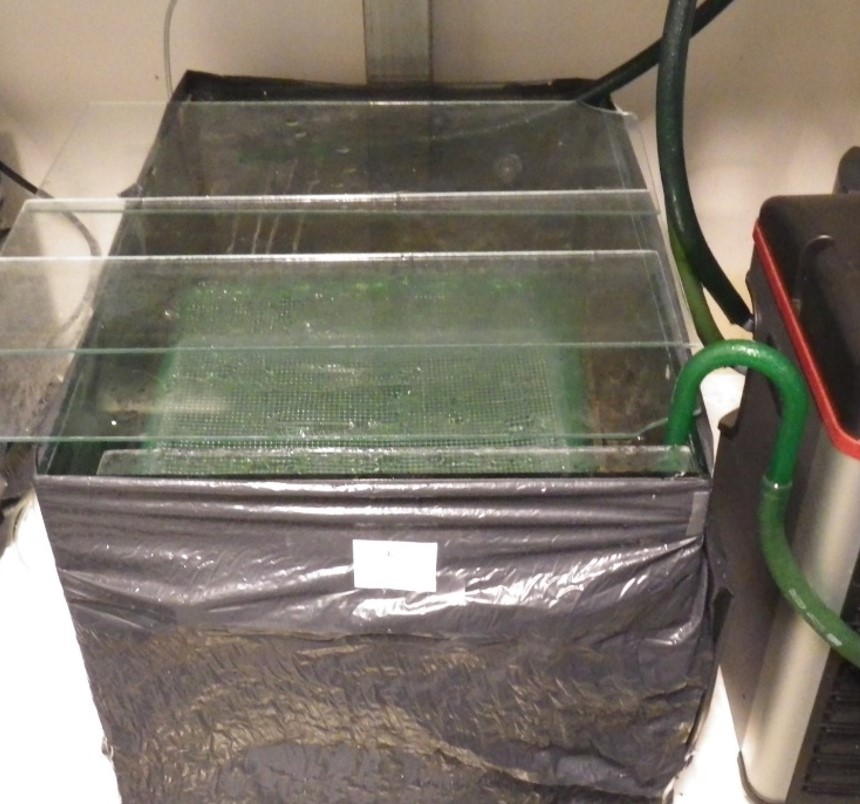
A redundancy analysis revealed that both water temperature and the presence of the predator explained a significant amount of the observed variation in cortisol and mRNA levels (11.4 and 2.8%, respectively). Trout had higher cortisol levels in the presence than in the absence of the predator. Analyses of individual gene expressions revealed that trout had significantly higher mRNA levels for 11 of the 16 examined genes at 3 than at 8 °C, and for one gene (retinol-binding protein 1), mRNA levels were higher in the presence than in the absence of the predator. Moreover, we found interaction effects between temperature and predator presence for two genes that code for serotonin and glucocorticoid receptors.

Our results suggest that piscivorous fish elicit primary stress responses in juvenile salmonids and that some of these responses may be temperature dependent. In addition, this study emphasizes the strong temperature dependence of primary stress responses in poikilotherms, with possible implications for a warming climate.”
You can read the paper for free on the journal website, as the paper is published open access through funding provided by Karlstad University.



